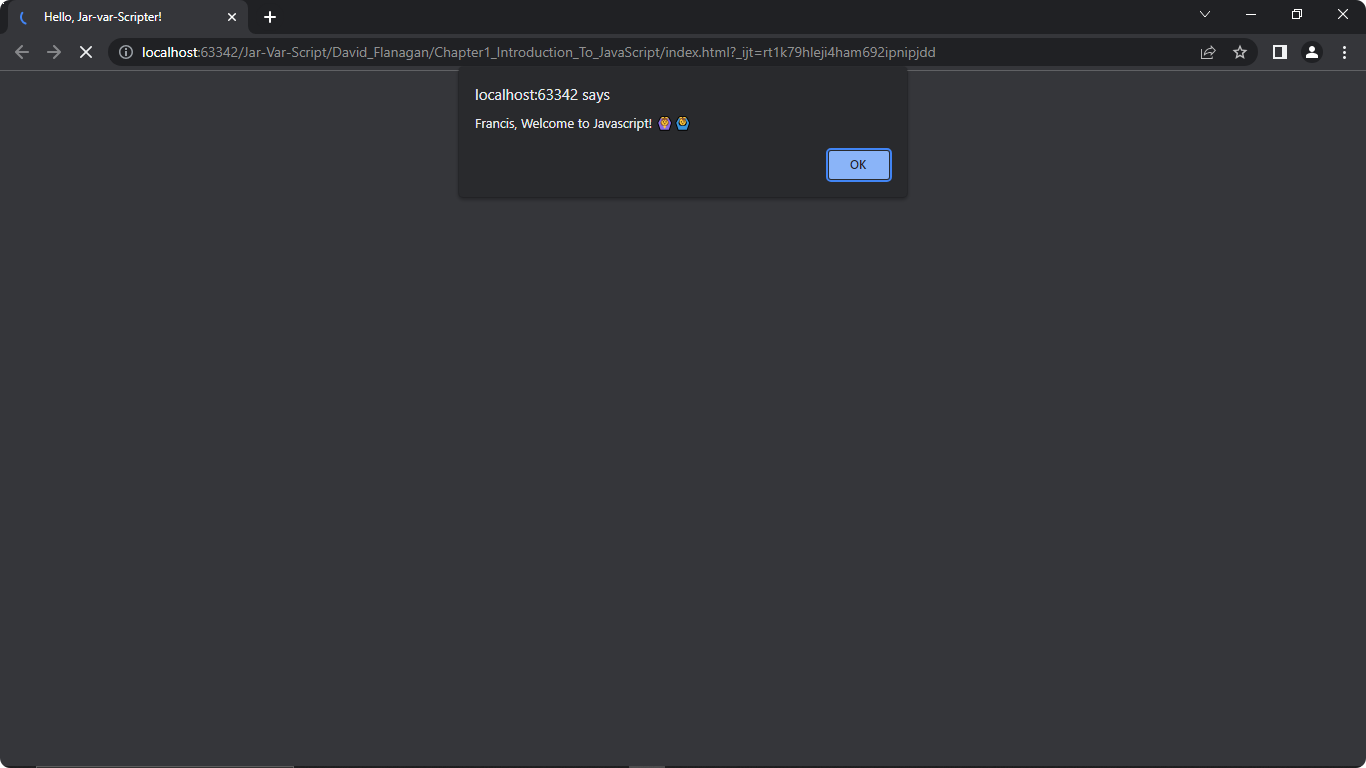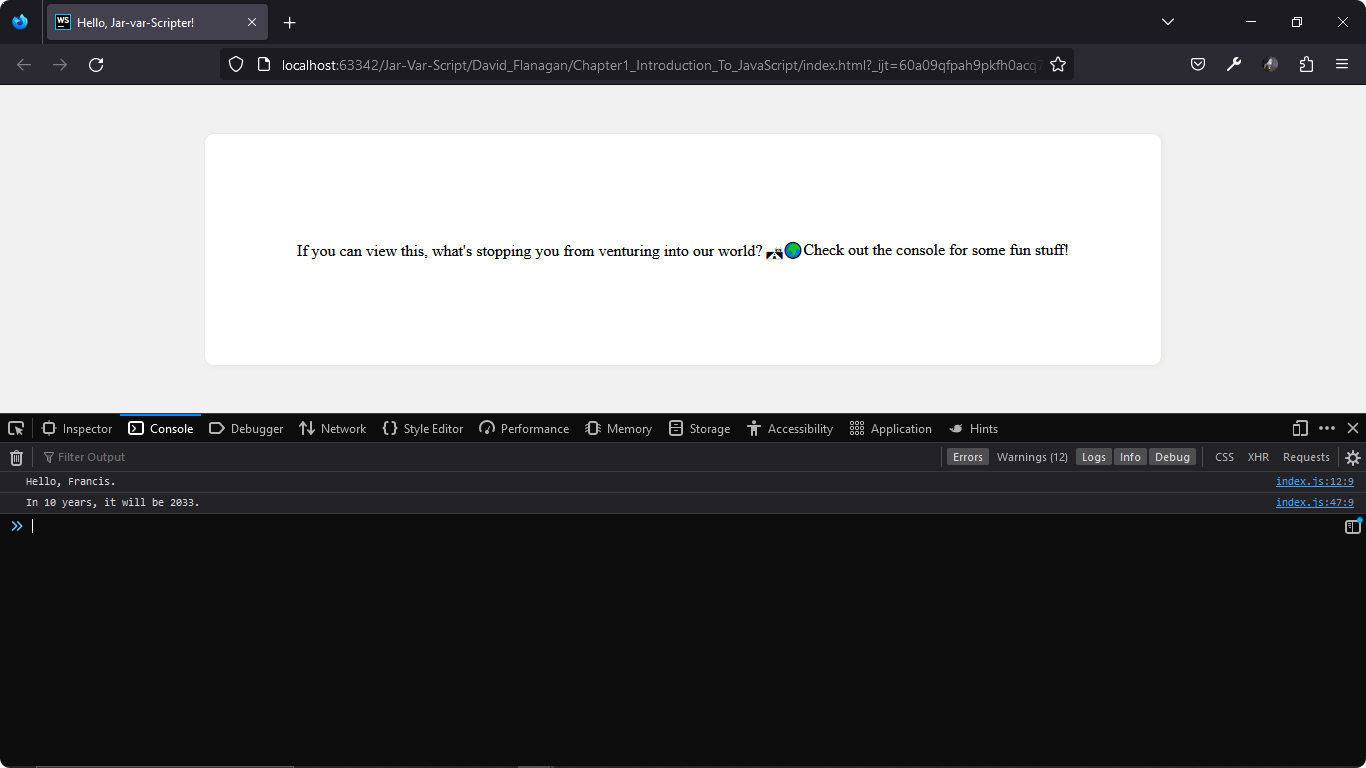Chapter 1 Summary: Introduction to JavaScript
Chapter 1 of “JavaScript: The Definitive Guide” by David Flanagan provides an overview and introduction to the JavaScript programming language. The chapter covers the fundamental concepts and features of JavaScript, setting the stage for understanding more advanced topics in subsequent chapters. Here is a markdown summary of the chapter:
Overview 📚
In this chapter, the author introduces JavaScript as a powerful and versatile programming language that is primarily used for creating interactive web applications. JavaScript is a high-level, interpreted language with a C-like syntax. It can be embedded within HTML pages and executed by web browsers.
History of JavaScript 🕰️
The chapter starts with a brief history of JavaScript, tracing its origins back to Netscape Navigator and its initial purpose of handling simple tasks on web pages. Over time, JavaScript evolved into a full-fledged programming language and gained widespread adoption.
JavaScript in the Web Environment 🌐
The author explains how JavaScript is used in the web environment. JavaScript allows developers to manipulate the structure, content, and appearance of web pages dynamically. It can respond to user interactions, validate form inputs, and communicate with web servers using AJAX.
- To run JavaScript locally, use
node filename.json the Terminal and ensure you have implemented aconsole.log(data-to-output)function to view your data. - If you aspire to use it on the web, follow the example listed on the chapter folder. ⛸ Outputs:
- On load, this is seen ⤵️
![browser output]()
- After clicking
OKon the alert, press Ctrl+Shift+I to toggle Developer Tools. Please refer to your distro bindings for enabling Developer tools on the browser.![]()
JavaScript Implementations 💻
The chapter discusses the different implementations of JavaScript across various web browsers, highlighting the need for developers to account for differences in behavior and support among browsers. It covers JavaScript engines, interpreters, and the standardization process through ECMAScript.
Language Basics ✏️
The fundamental building blocks of JavaScript are introduced, including variables, data types, operators, expressions, and control structures such as conditionals and loops. The author explains how to write basic JavaScript programs and provides examples to illustrate the concepts. Key takeaways:
- JavaScript is a loosely typed language, meaning that variables can hold values of any type.
- JavaScript is a case-sensitive language, meaning that variables
myVarandmyvarare different. - JavaScript is a whitespace-insensitive language, meaning that
myVarandmy Varare the same. - JavaScript is a semicolon-insensitive language, meaning that
myVar;andmyVarare the same. - JavaScript is a block-insensitive language, meaning that
myVarand{myVar}are the same. - JavaScript is a comment-sensitive language, meaning that
myVarand//myVarare different.
Functions 🎯
Functions play a central role in JavaScript, and the chapter explores their syntax and usage. The author explains function invocation, parameters, return values, and the concept of scope. Function examples and best practices are also provided on the chapter folder.
Objects 🧱
JavaScript is an object-oriented language, and this chapter introduces objects as the key mechanism for encapsulating data and behavior. The author explains how to create objects, access properties and methods, and manipulate objects using the dot notation.
Summary 📝
Chapter 1 lays the foundation for understanding JavaScript and its role in web development. It covers the history, basics, and key concepts of the language, including functions and objects. By the end of the chapter, readers should have a good grasp of the fundamental concepts required to dive deeper into JavaScript programming.
Made by Francis with ❤️


